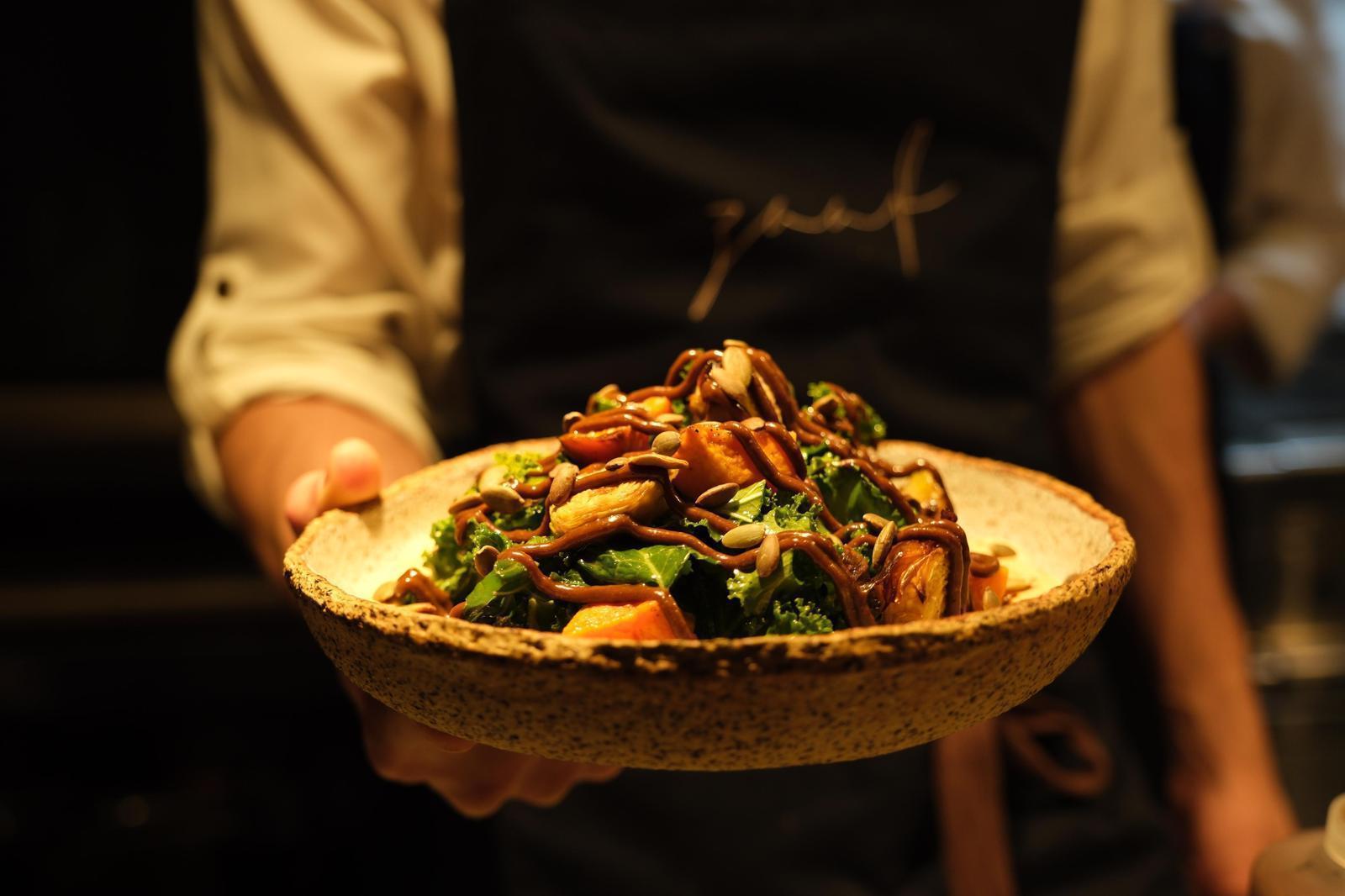When grape meets anise: Love
Rakı is considered to be Turkey’s national spirit, often lovingly nicknamed as “Lion’s Milk” due to its fierce and dangerous potency and its translucent milky color gained when water is added, the way it is typically consumed. For many, it is seen not only as a drink, but also as a vehicle to pause time, a moment to be savored, a ritual. It is a way of life.
The grape-based distilled spirit with a distinctive anise flavor is similar to other spirits found in the eastern Mediterranean, Middle East, and the Balkans such as ouzo, arak, rakia, tsipouro, or mastika. It can even be considered remote relatives with France’s pastis, Italy’s mistral or sambuca, and Scandinavian aquavit. Rakı derives its name from the Arabic word “arak,” meaning “to sweat,” referring to the drop-by-drop distillation process. The great 18th century Ottoman traveler Evliya Çelebi writes about arak flavored with anise and also with a wide array of ingredients including cinnamon and cloves. But it was not until the 19th century, that the popularity of rakı had a rise, taking the place of wine, which was the drink of choice previously. During the 19th century there was a strong Westernization movement, affecting architecture, fashion, food, way of life, making alcoholic drinks tolerated, accepted and fairly widespread. By the onset of the 20th century, rakı brands were already numerous, openly and proudly advertising their rakı as superior, excellent, premium and so on. The new secular Turkish Republic established in 1923 had a new turn on spirits. The production of rakı was taken under state monopoly Tekel, originally initiated during the last phase of Ottoman Empire to control the trade of tobacco. Tekel remained the sole producer of rakı in state-operated rakı factories until the state monopoly was privatized in 2004 and the regulations allowed private firms producing distilled spirits. Rakı apparently had a rollercoaster history with ups and downs in history, but strangely, it only has a past of gained popularity in the past 160 years.
Everybody has strong opinions on how to drink rakı: Neat; with ice; with cold water; with ice and cold water; one-third rakı with two-thirds water; half and half; one ice, or two, or three…the list is endless. Just as rakı is distilled drop by drop, it is wise to savor it slowly; each sip followed by a sip of cool water, with intervals to take a break, exchange a few words, take a bite of meze, and repeat the process. Rakı is never drunk without food to go accompany it. If there is no food, one great nibble is leblebi, roasted chickpeas, which absorb the alcohol, and do not carry excess calories or upset your stomach like chips or fries. Another must-have combination is the unwritten holy trinity of Istanbul nights: Rakı with kavun and beyaz peynir, fresh white melon and briny white cheese. The saltiness of the cheese complements the sweetness of the melon and satisfies the need for a light protein bite to help the rakı go down. The anise flavor of rakı pairs wonderfully with the aroma of the melon, while its cucumber-like freshness spikes the cooling effect of rakı, again a quality imparted from anise, while the tang of cheese balances this wonderful taste trio.
Rakı also heightens the flavors and freshens the palate during the full meze experience. Unwritten rules abide the meze table. There are always contrasts of flavors, textures and sensations, and even the contrast of the cold and hot dishes. Spicy hot dishes are cooled off with mint and dill-flavored yoghurt, the saltiness of cured fishes and briny cheese is balanced with slightly sweetened olive oil braised dishes. The smooth comfort of creamy legume pastes is jazzed with crunchy fried calamari, fritters, or börek pieces. It’s all about balancing and contrasting flavors, sensations, textures and tastes, so that rakı and mezze never get boring.
Thankfully, there is a series of fresh news in the rakı scene. Today’s rakı scene is enormously varied now, with new brands and variations introduced to the market, some focusing on playing with the grape varieties, or extending the distillation period. Some new variations also dictate new drinking ways. If you have a 68-degree alcohol level the usual ratios will never work. One wonderful attempt came from chef Mehmet Gürs and together with his partner, Cemre Torun. His take on rakı-making will surely add another angle on the grape and anise scene. With the Scandinavian background of Gürs, his prototype inclines towards aquavite, I can imagine drinking it neat from a frozen bottle encased in ice. Even the venues of rakı distilleries keep changing. After the major distillery of Turkey in Tekirdağ was shut down, the new epicenter of rakı making is now moved to Alaşehir, Manisa. The reason for this change is the proximity of the location to the vineyards, especially that of the Sultaniye grape, and also to the anise fields of the lower Aegean region. The ancient name of Alaşehir is Philadelphia, which means brotherly love in ancient Greek, Philia being the Greek word for love. In this case, I interpret it as the love of the grape and the anise, and their eternal fusion union.
Talk of the Week: For the ones who want to find more about the taste profiles or grape and anise infusion, there will be a very interesting talk online on Oct. 20, organized by the Institute of Brewing & Distilling (IBD), based in London. The speaker is Duygu Beypinar, a senior rakı expert, who has been working in distilling industry for 16 years and during the course of this period she has launched nearly 30 different raki brands to the Turkish market. She will be presenting the first flavor wheel ever created on the for rakı in the world. This latest study was conducted in collaboration with Çukurova University and published recently in peer-reviewed prestigious Foods Magazine. https://www.mdpi.com/2304-8158/10/7/1494
To listen to the flavor-wheel you can register free online. https://www.ibd.org.uk/ibd-membership/events/raki-production-and-development-of-the-world-s-first-raki-flavour-wheel/
Another anise infused experience will take place in London soon. Organized by Turquazz, the London-based culture platform focusing on gastronomy, music and cinema of Anatolia, there will be a series of Meyhane supper clubs, where Anatolian chefs will pair their special dishes with rakı varieties and wines of Turkey. The first dinner is scheduled to Nov. 11 at 19:00, at 101 Upper St. London. Booking: turquazz.com/meyhane












